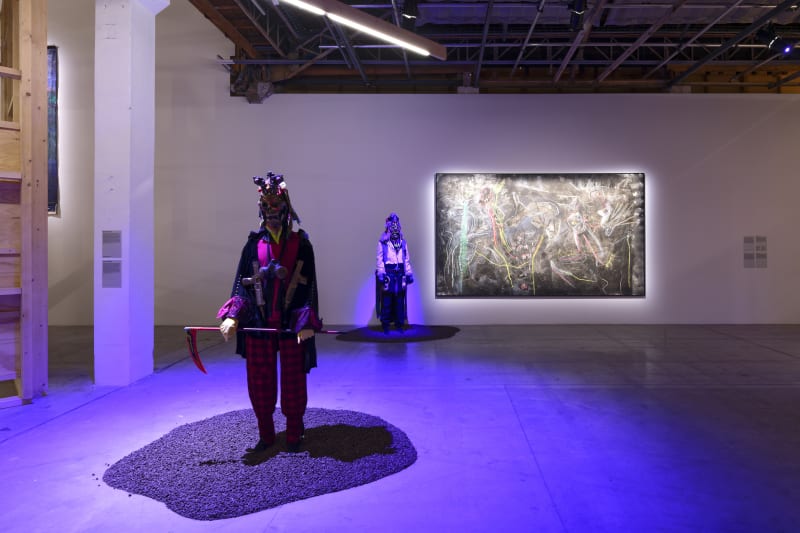"Termite art, be it tapeworm, moss or fungus, has the peculiarity of progressing by attacking its own constraints, usually leaving only signs of devouring, industrious and disorderly activity in its wake".
White Elephant Art vs. Termite Art, Manny Farber, Film Culture, no. 27 (Winter 1962-63).
https://youtube.com/shorts/MPBnqPo5m50?si=-unaui2ipmbo2_yp
Acting through parasitation, telescoping, fantasy, friction, counter-meaning or friendship, La morsure des termites attempts a speculative rereading of art history seen through the prism of graffiti. Graffiti is not a subject or an aesthetic, but an experience, an attitude, an imaginary, an underground thought. An experience of illegality and broken windows, of the wandering of bodies in motion, an attraction to perspectives without light, a romanticism of vandalism that cares for things as much as it damages them, a fascination with visible or invisible languages that confront the precarious matter of reality, shaping themselves with it while transforming it.
Combining and breaking with the Lasco project, which for the past 10 years has welcomed urban art into the secret spaces of the Palais de Tokyo, the exhibition provokes a fragmented, sometimes cryptic, dialogue between some fifty artists of varying degrees of recognition, if any at all. In an essay published in 1962, Manny Farber contrasts termite artists with white elephant artists. Termite artists express themselves in practices that are more difficult to grasp and manipulate.
Structurally conceived as an invisible city, in reference to Italo Calvino's work from which the exhibition borrows its title, we enter La morsure des termites as we would Tamara's city: through "streets bristling with signs sticking out of the walls", where "the eye sees not things but figures of things that signify other things".
Architecte : Olivier Goethals
Commissaire : Hugo Vitrani
Assistante d’exposition : Violette Wood

